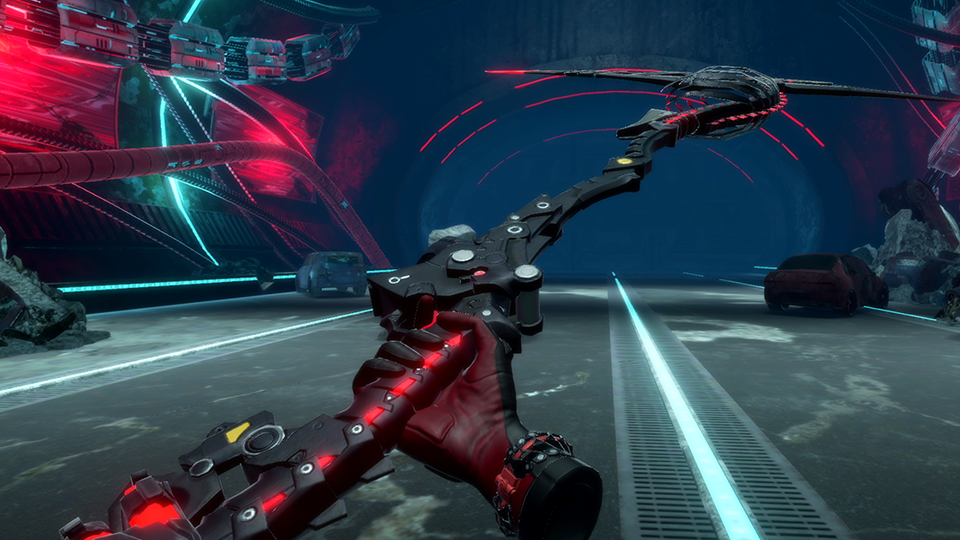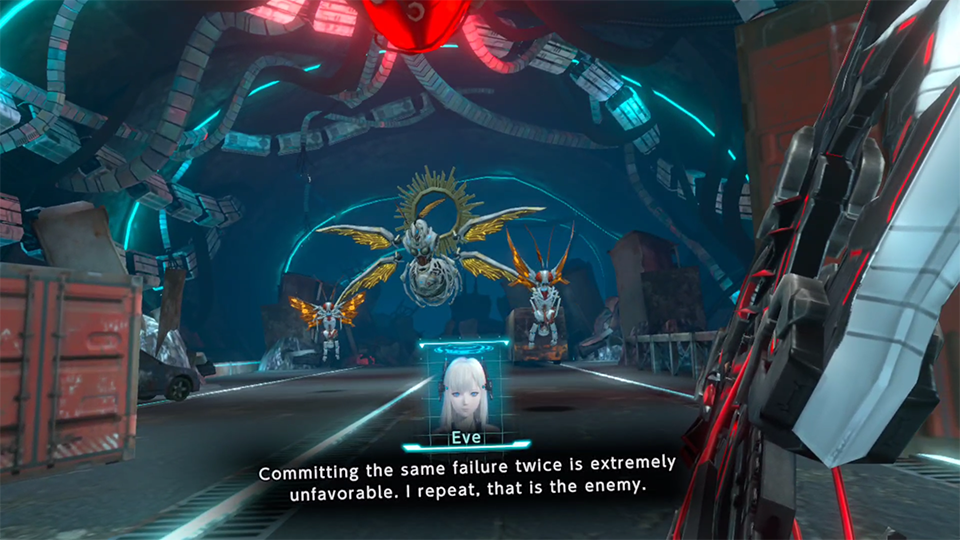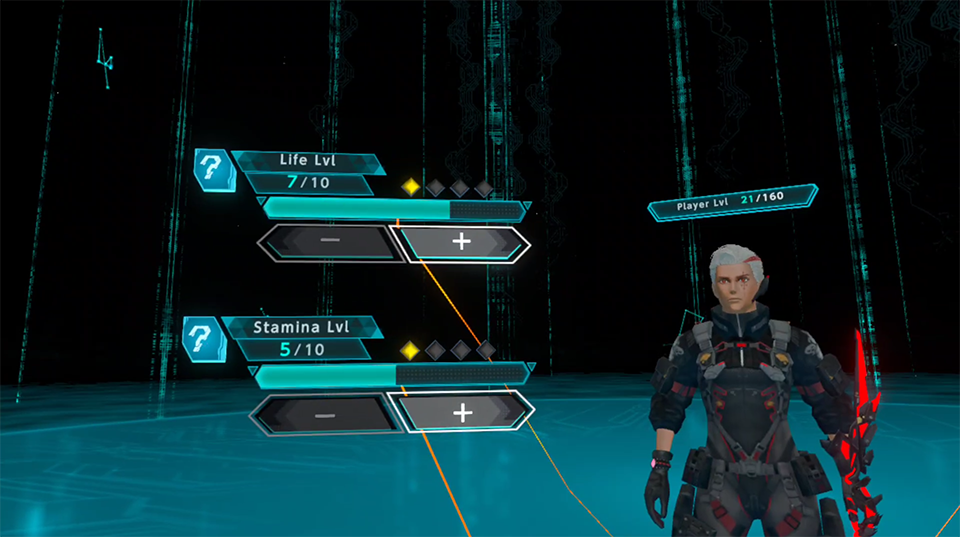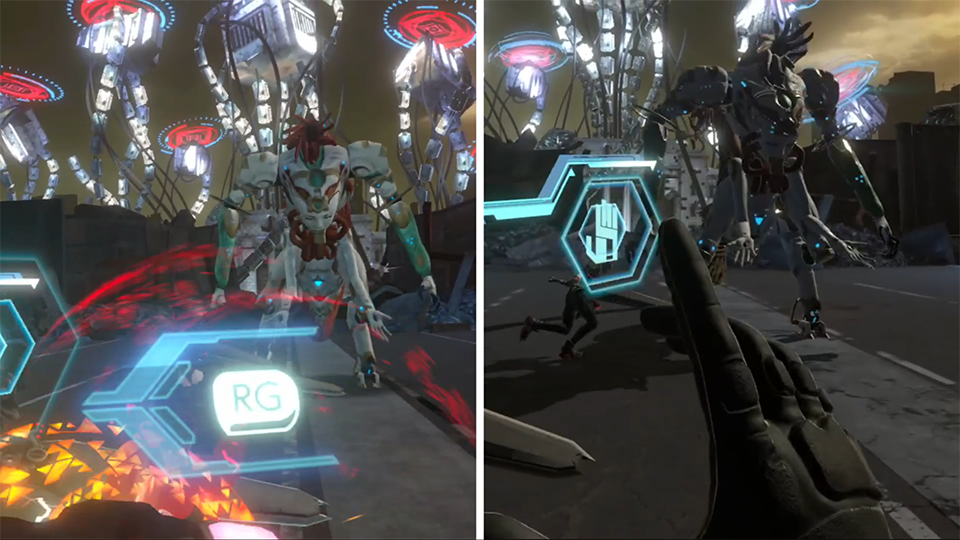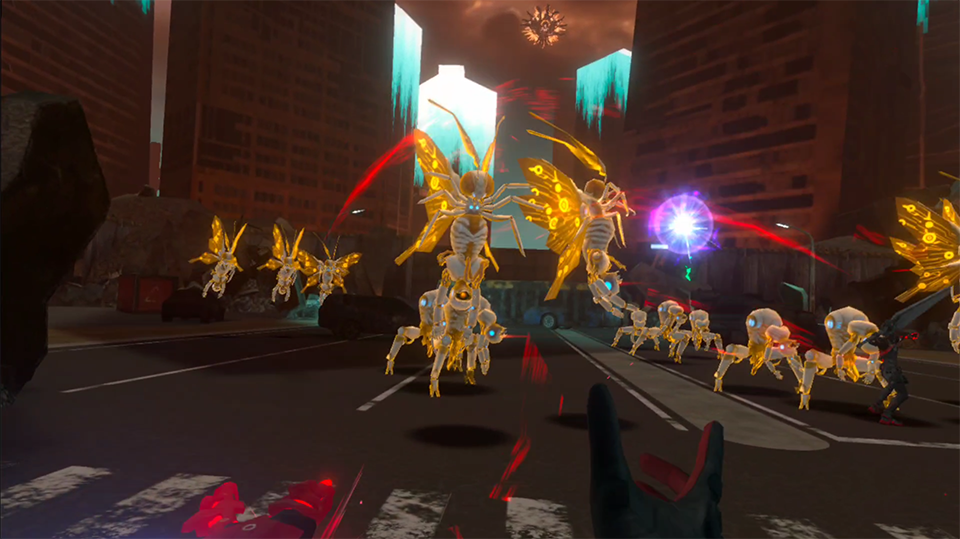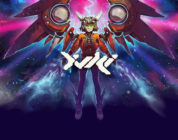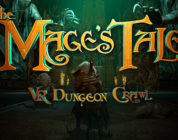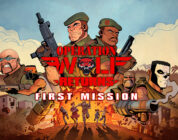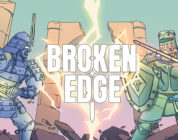Developer / Publisher – Thirdverse
Price (PC/PS) – US $49.99 / CAN $64.99 / EU €49.99 / UK £39.99
Price (Meta) – US $39.99 / CAN $49.99 / EU €39.99 / UK £32.99
Release Date – April 19th, 2024
Input – 2 x Tracked Motion Controllers
Play Area – Seated, Standing, Roomscale
Store – Meta, Steam, PlayStation
Reviewed on – Quest 3 / Quest 3 w/link
SOUL COVENANT is nothing short of a busy game and right from the onset, it doesn’t hold back in throwing a lot of narrative at the player using a lot of words that are initially nonsensical though stay the course and story does start to fall in place. To sum it up, and I could get some info wrong here, you are a soldier, known as an Avatar, and should you perish in battle, your memories will pass on into a clone of your former self. When Avatars die, their remains turn into relic bodies, a material that hardens and is reshaped into weapons to combat the mech corps. The main theme here is that in death, there is life. This armada of machines is led by the AI known as Adam and its armies are encroaching upon the last bastion of humanity known as the Tokyo Ark with you and your own AI named Eve (ehhh see what they did there???) as well as super soldier allies being the last line of defence in stopping them. There’s are a ton of other elements at play and while the gameplay is all about melee combat, there is a near equal amount of story here so prepare to sit back and watch as almost all of this tale is told through still image cinematics.
Now, as far as the action goes, those familiar with Swords of Gargantua or Altair Breaker will be quite familiar the waggle-fest that is SOUL COVENANT. Now to be fair, the combat mechanics are more than just waggling but that ultimately is what you’ll be doing the most of here. The weapons you carry are known as Scapegoats and what makes them special is that they are made of the bones from your fallen comrades and look pretty damn cool. Broader strokes provide more damage than quicker ones though I found attacking as fast as possible to be the best way to stop the most amount of enemies. As the plot unfolds, more weapons become available with each having different range and all having a 2-handed mode that delivers more damage but as your shield is linked to your off-hand, it becomes unavailable. That shield can deflect almost any attack but only lasts for a few seconds so it needs to be timed properly or you’ll take a hit. The 2-handed mode also tosses enemies into others turning peons into extra ways to attack the mechs and given the extended reach of most of these weapons, turns you into a near unstoppable badass. Healing is as easy as putting away your weapons and letting your health build back up with your final power being a demonic attack which is a beam of energy that lasts for a few seconds and can be directed at anything on the battlefield. Playing on medium difficulty I found the 1st half of the game relatively easy but as I said, it’s mostly a waggle fest and it wasn’t until that latter half when enemy types change up and bosses become much harder did I have more fun. It’s the boss encounters that greatly mix things up as they are much larger, unleash devastating attacks and when paired with those smaller troops or in stages where you also need to defend a structure known as a Lucifer of Mechanism, can thry offer more challenge. You’ll also have 3 other Avatars with you who will assist in the battles and more importantly revive you and each other should you fall. This all makes for a relatively engaging VR combat experience once the difficulty ramps up and enemies try to overwhelm you plus creepy nature of the mechs is always a little unnerving, but a few factors do hold this back.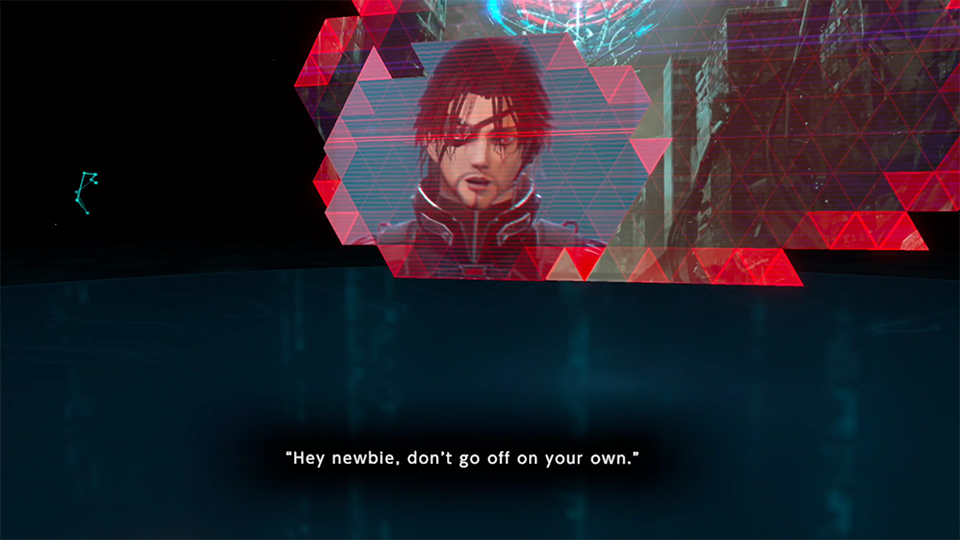
A lot fof the story is told through still image cut scenes which aren’t the most entertaining to watch in VR
Regardless of the platform you play this on, the same issues show up with the Quest version suffering the most but that’s really only due to a downgrade in visual quality. The pacing is erratic with the large emphasis on story telling happening outside of the gameplay meaning there’s just a lot of time when I was just sitting there watching those non-interactive cut scenes and trying to decipher exactly what was happening, especially during the early goings of the story. The biggest knock against this is just how repetitive the game is with their only being a handful of stages in here with different environmental elements scattered around each map and minor changeups to the backgrounds. That combined with the relatively small variety in foes makes for encounters that can feel quite samey at times. Every stage opens the same with you having too “boot up Raguel” by pressing a hologrpahic button and every 4th stage requiring you to scan bodies and open a few large doors to find the boss at the end. Almost every element in here repeats again and again and I think it will depend largely upon your investment in the story if you are willing to get through the roughly 6-hour campaign. For the record I ended up playing this in 20 to 30 minute sessions as the sameyness of it all did wear on me.
There are other elements at play including a level up system for both your abilities and your weapons that involve accruing monads from your fallen foes and spending them where you want, maxing them out until you can break their level by using boss monads to further increase their limits. Should all the verbiage be overwhelming you can pull up logs with information all the characters and locations at play. There is also post-game missions which are too challenging for a single player with the multiplayer element allowing you to tackle any mission with up to 3 other players which might make things a little more fun, but as I couldn’t play this mode ahead of release, it wont’ affect my final score of this game as my issues aren’t remedied by playing with others.With stages, enemies, cut scene images and just about every element of Soul Covenant repeating too often, it’s a shame then the game doesn’t look good enough to mask some of its shortcomings. Having played this on the PC and Quest 3, the PC is hands down the better-looking version thanks to some dynamic lighting effects and a larger amount of details on just about everything, but in many ways the barren and uninspired arenas look just as vacant as they do on the Quest. The distant backgrounds showcase the rogue AI overtaking the world but up close it’s little more than flat areas scattered with cars, buses, crates and rubble with incredibly low poly textures that do little to impress. It honestly wouldn’t even be that bad if there weren’t so few actual arenas but with each memory containing the same stages and the boss battles all having the same stages, after the 1st set of memories, I really didn’t look forward to seeing the next environment, though the final boss battle did change things up quite a bit. I did enjoy the macabre enemy designs as Adam had specifically made the mech foes to be unsettling, using the remains of humans in doll like fashion to make for some grotesque and unique looking foes. There are also some unsettling cut scenes where you experience death 1st hand and are a highlight as well. Outside of key characters, ally models are also recycled and there is some fun uses of VR thanks to some digital tunnels and whatnot, but there’s not enough “new” stuff happening to match the story. It’s like the developers had the scope of a 6-hour story, but only had the budget for a 2 hour one if you catch my drift.
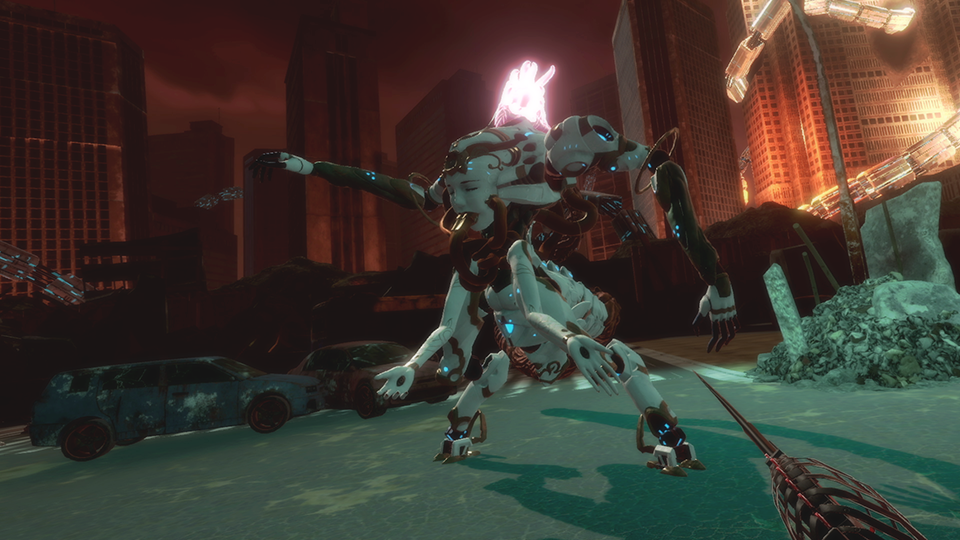
The enemies are designed to be disturbing…and they are! [PCVR]
When it’s all said and done, I did enjoy the world building and mythos of Soul Covenant but just found that the gameplay couldn’t keep up with the epic story being told. It’s the lack of variety in just about every element of the game that left me wanting as what’s here really does get quite repetitive. The latter half ups the challenge with boss battles and an increased variety in foes and if you are looking to test yourself, you can increase the difficulty, I just don’t know if the risk of failure and repeating more stages in an already repetitious game is a good idea. This all makes for a game I’m hard pressed to recommend for the $40 Quest price as it just feels like it’s asking a little too much in regard to playing through this much recycled content. As for the $50 Steam and PSVR 2 versions, the bump in visual quality isn’t really worth what is still the exact the same game.
Thirdverse provided The VR Grid with a press code for this title and, regardless of this review, we thank them for that!

